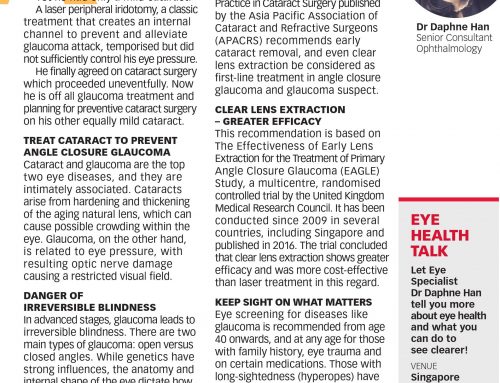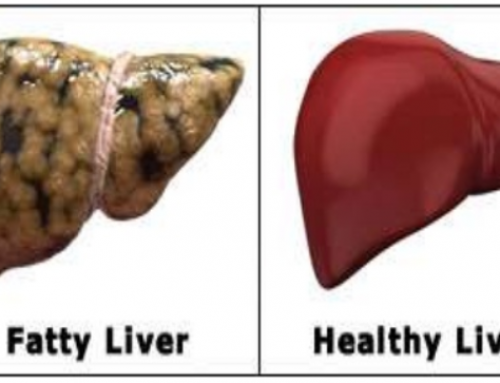A patient recently related how he had previously undergone two rounds of rather uncomfortable prostate biopsies for suspicion of prostate cancer. Both biopsies were negative for cancer. He is facing the prospect of another biopsy because his prostate-specific antigen, or PSA, level remained high. He wanted to know if there are better alternatives to diagnose prostate cancer.
A Better PSA Test
In Singapore, prostate cancer is the third most common type of cancer and the sixth leading cause of cancer death amongst men. The PSA test is a blood test used primarily to screen for prostate cancer. PSA is a protein produced by the cells of the prostate gland and a variety of the prostate disease including prostate cancer can result in high PSA level. A PSA level greater than 4 is commonly used to determine which men should be biopsied. However, only 25% of men with PSA between 4 and 10 will have prostate cancer.
In cases where the PSA level is elevated, PSA subtype tests like percentage free PSA and the new prostate health index (phi)test that combine various PSA forms can help select men who require biopsy. Some men may be spared the need for biopsy if they are found to have a low risk of prostate cancer on testing.
A Better Imaging Modality
A standard prostate biopsy under transrectal ultrasound (TRUS) guidance remains one of the only non-targeted diagnostic procedures in cancer detection. The indication for a prostate biopsy is almost always an elevated PSA or an abnormal digital rectal examination. This approach is inefficient, detecting cancers in only 20-50% of cases. Technological advancement in recent years means a non-invasive multiparametric MRI scan can now image the prostate gland in great detail and aid in prostate cancer detection. The recently published PRECISION trial demonstrated an initial MRI scan helped 28% of men avoid the need for subsequent biopsy. Of those who needed a biopsy, a greater proportion was detected to have clinically significant cancer.
A Better Biopsy
In addition to predicting the likelihood that a lesion is cancerous, a multiparametric MRI scan provides details about lesion location, volume and proximity to adjacent structures to aid planning of treatment. Another benefit of multiparametric MRI scan is that it enables targeted biopsy. The MRI images can be fused with real-time ultrasound images to guide biopsy through new innovative MRI-TRUS fusion platforms. The New England Journal of Medicine published a paper this year demonstrating superiority of MRI-targeted biopsy over standard TRUS biopsy in detecting clinically significant cancer.
Take-Home Message
The path to diagnosing and treating prostate cancer is rapidly evolving . There now exists better tests and imaging modalities to assess your risk of having prostate cancer and better techniques of performing biopsies when indicated.
Dr Lee Fang Jann
Urologist & Renal Transplant Surgeon
Straits Times, Family Life, 6 May 2018, Sunday






